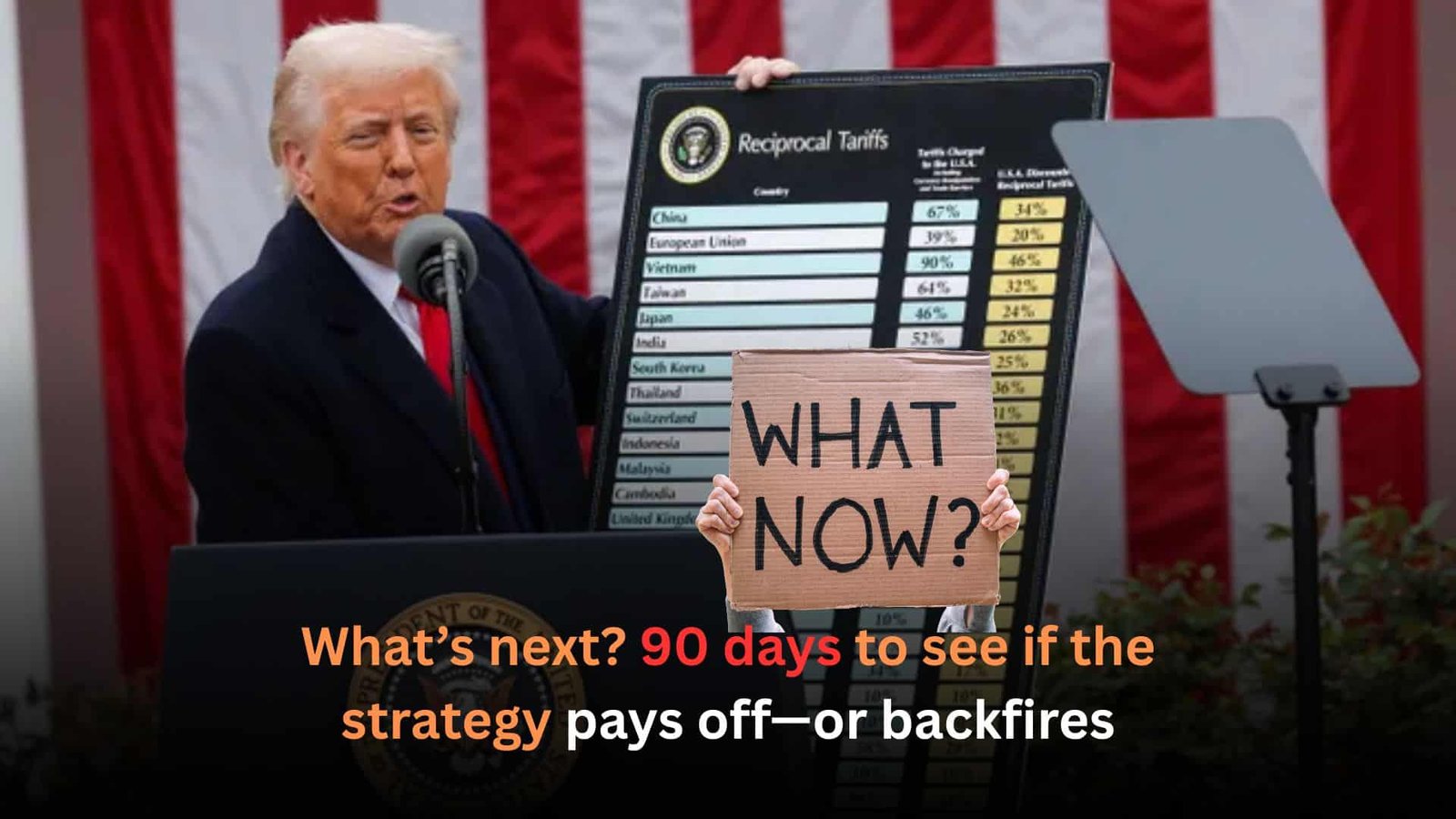Trump is said to have suspended his tariff order after an energetically tumultuous week, this time sending waves through global markets. He had proposed tariffs across the board to restructure international trade. However, he has put a 90-day pause on most countries, particularly against China.
A close look reveals that his five major trade goals are applied, with the focus now on where things stand.
- To Secure Better Trade Deals for U.S. Allies
Trump claimed that the U.S. was being cheated by trading partners for decades. His original suggestion proposed a 10% flat tariff on all foreign imports, plus reciprocal tariffs that would be even higher on countries deemed unfair.
This kind of aggressiveness got the attention of world leaders. The administration now claims negotiations with 75 countries are being held or considered, including Japan and South Korea.
Status: Active negotiations may bear fruit for new trade deals, but the 90 days go quickly.
- U.S. Manufacturing and Industry
Trump promised to “supercharge” American industry through tariffs that would protect it from foreign competition. However, unpredictable and conflicting tariffs have deterred companies from investing in moving manufacturing back into this country.
Without long-standing politically consistent policies, such companies are unwilling to commit to building new factories here or for the return of production.
Status: Uncertain policy direction hampers further industrial revitalization.
📖 Related Read : Trump Imposes 17% Tariff on Philippine Goods
3.Target China as Trade Rival
Labeling China as the “main source” of the U.S. trade deficit, Trump had earmarked the pivot of the trade war onto Beijing. Despite the antagonistic rhetoric, the administration has remained careful with expressions leaving the possibility of negotiation for future.
Trump’s contention: U.S. leadership of the past, not China. The officials say now the stamp of approval rests on any agreement by China reaching out.
Status: A risky strategy that could provoke allies and amplify global tensions.
- Raising Revenue via Tariffs
Trump believes tariffs could earn trillions of dollars toward reducing national debt and funding new policies.
Over 10 years, a 10% universal tariff could collect $2 trillion, lower than the cost estimates of $5 trillion for the recent tax cuts.
Status: There is likely to be short-term revenue, but in the longer term, that revenue could start to drop as domestic production increases and imports fall.
- Lowering Prices for American Consumers
Though experts have claimed that tariffs increase prices for American consumers, Trump has argued that U.S. households are benefiting from lower prices as a result of new tariffs. A 10% tariff could cost an estimated $1,253 per year to an average household, while the lowest-income families suffer the most.
Status: Further increase in price could become a political and economic liability.
Conclusion: Strategic Pause or Political Gamble?
Trump’s temporary hold on tariffs buys him time but may pose risk to other objectives. Some of them–like global formations.






4 Comments